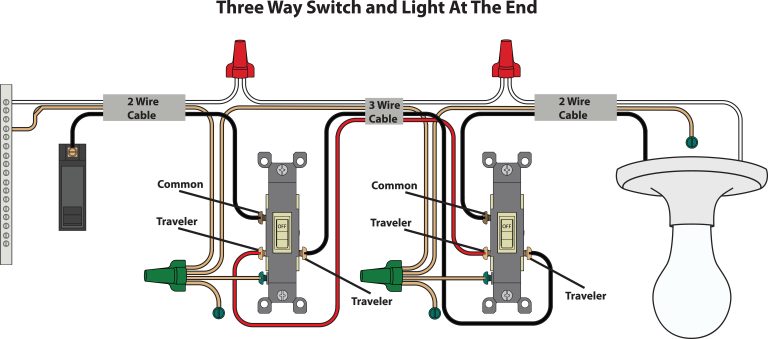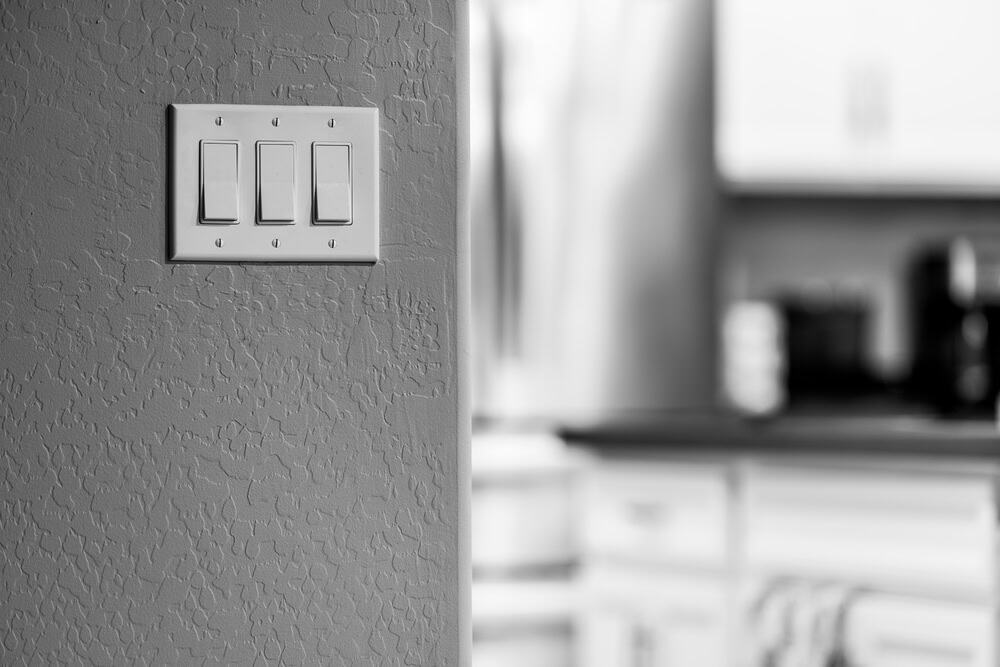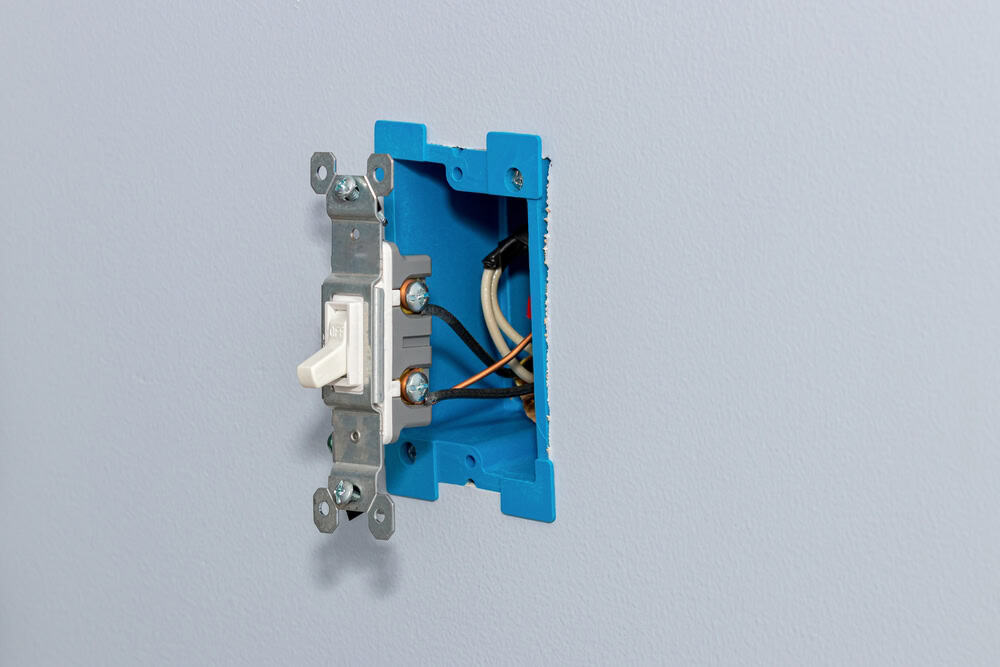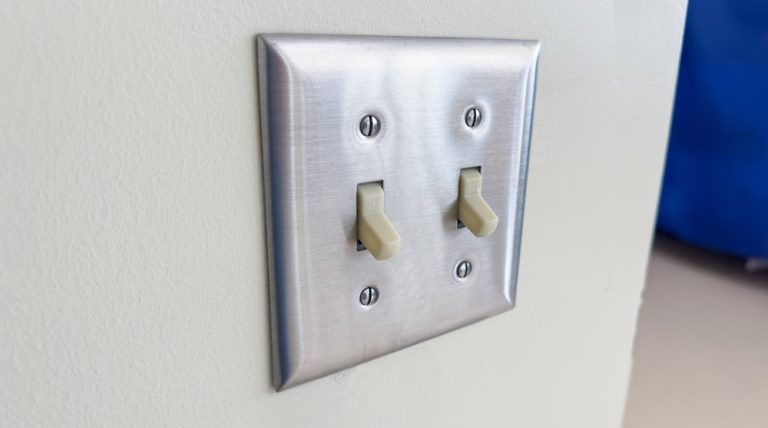Why is a Two-Switch Setup Called a Three-Way Switch?

It might seem odd that the two switches controlling a single light fixture are called three-way switches. This is the setup often found at the top and bottom of a staircase or in opposite ends of a room. The term refers to the way power is routed within the circuit, not the number of switches.
What Makes a Switch "Three-Way"?
- The Key Difference: A three-way switch has three terminals (plus a ground wire), allowing the electrical current to “switch” between two paths. This special wiring lets either switch control the light, regardless of the other switch’s position.
- How It Works: The switches essentially “flip” the power line back and forth between terminals, enabling the light to turn on and off from multiple locations.

How to Identify Different Types of Switches

-
Single-Pole Switch:
- Used when one switch controls one light or fixture.
- Features markings for “ON” and “OFF” because the toggle position always corresponds to the state of the light.
- Typically has two terminals (plus a ground).
-
Three-Way Switch:
- Used when two switches control a single light or fixture (e.g., top and bottom of stairs).
- Does not have “ON” or “OFF” markings.
- The “up” position on one switch may turn the light on or off depending on the position of the second switch.
- Has three terminals: one “common” terminal and two “traveler” terminals.
Practical Tip
Take a closer look at the switches in your home! Some may be single-pole, and others may be three-way. You may not have noticed the difference before, but identifying the type of switch can help you understand your home’s electrical layout.

Summary on Light Switches

- A three-way switch allows two switches to control one fixture by alternating the path of electricity through three terminals.
- Single-pole switches are simpler, with only one switch controlling the light, and they are marked with “ON” and “OFF.”
- Three-way switches don’t have “ON”/”OFF” markings because their position is dependent on the companion switch.
- If you’re curious, take a look around your home — you might be surprised by how many three-way switches you have!
Understanding these basic concepts can help you make better sense of your home’s electrical system — and maybe even impress the electrician next time they visit!